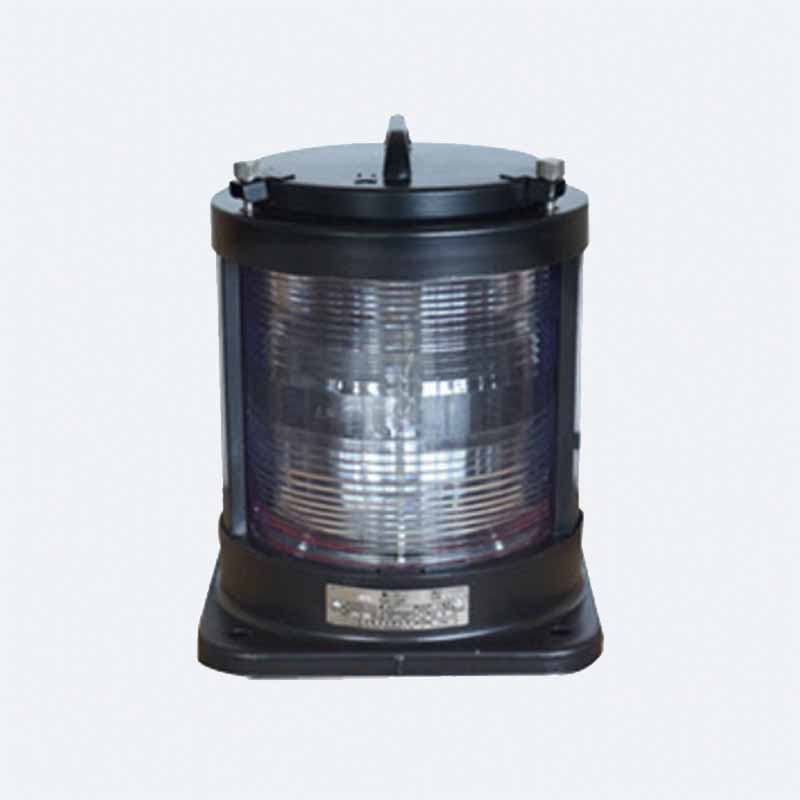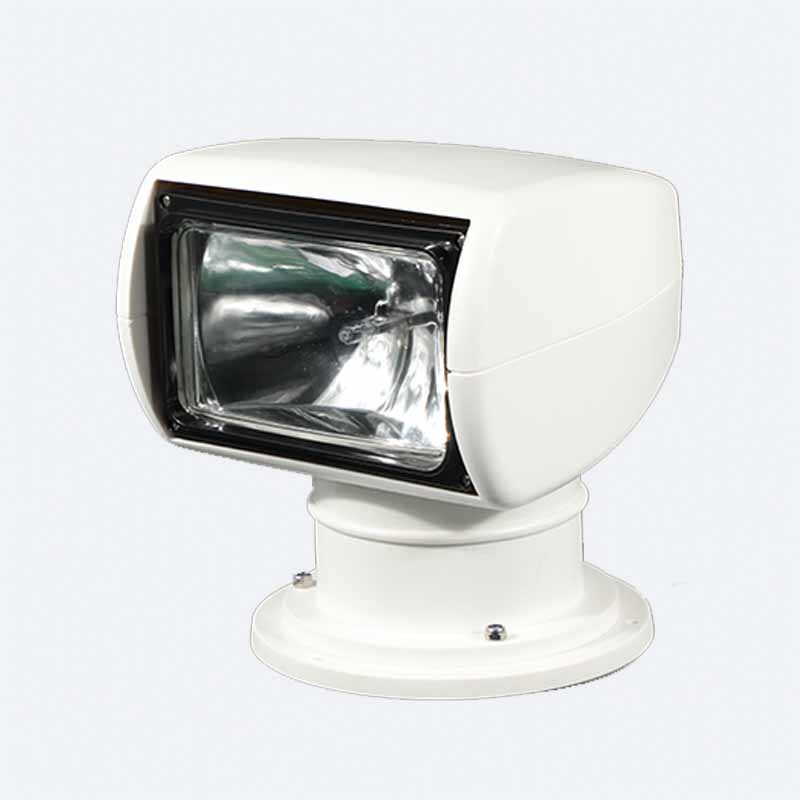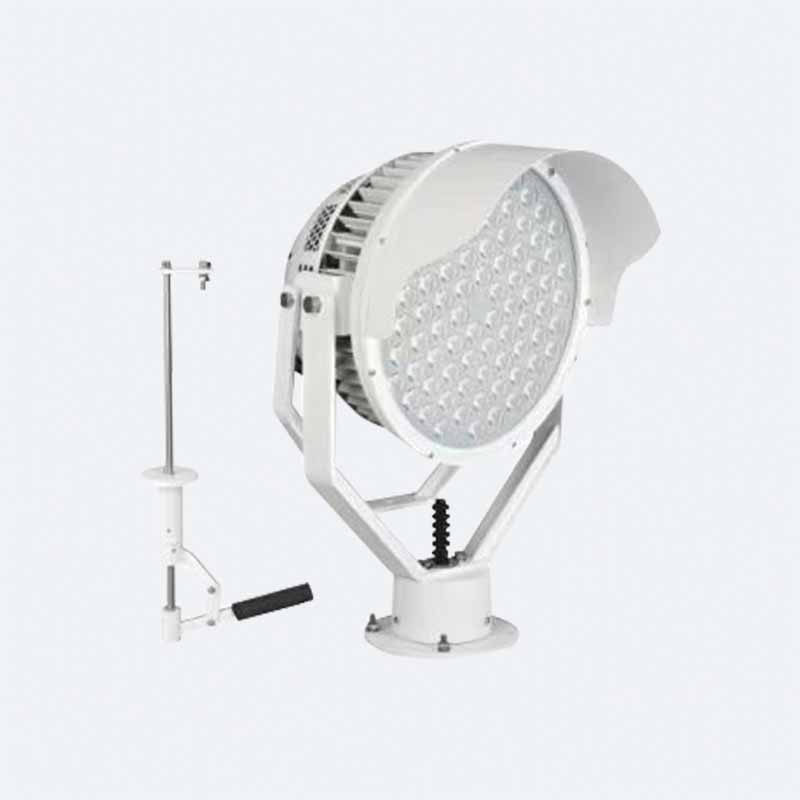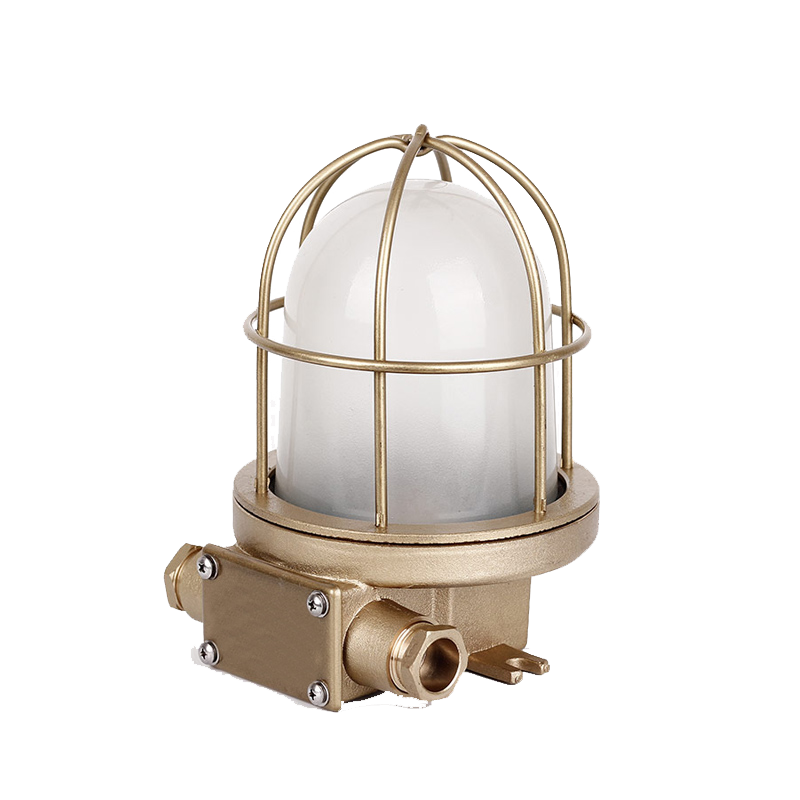In recent years, marine lamps have been favored by many users because of their strong earthquake resistance and low power consumption. Do you know the performance advantages of marine lamps? What features does it have? Let's learn more about the "performance characteristics and basic functions of marine lighting".
First, strong shock resistance
Because of its good packaging structure and not easy to fall off, marine lamps can withstand long-term use in an environment with high vibration on board. In addition to the unique structure of the marine lighting itself, it can withstand the shaky and vibrating environment on board, but also because the unique epoxy resin material of the lighting has strong shock resistance. As long as a fixed structure suitable for marine use is adopted when designing marine lighting fixtures, it can be guaranteed to be used smoothly in a shipboard environment with strong vibrations.
Second, comprehensive functionality
Due to the rich color temperature of marine lighting, it can create lighting effects according to different environmental requirements on board to meet the different needs of the crew during use. The soft light can effectively dispel the fatigue and tension during the voyage, and it can be installed in the cabin or bedroom to improve the quality of sleep. And the marine lamps can also be used as signal lights to convey different messages, providing effective navigation guidance for the crew when sailing.
Third, environmental protection and high safety
The safety of marine lamps is extremely high during use, because they all use LED light sources for use without breaking or emitting toxic substances, and the packaging effect is good, and there will be no leakage or damage due to moisture. Moreover, marine lamps have no noise or radiation during use, and will not affect physical and mental health during use.
Advantages of LED lamps for marine lamps:
1. High light efficiency and low power consumption, saving energy
The power of a single LED lamp is generally 0.05-1W, and it can meet different needs through clustering, with very little waste. LED is driven by DC, the light source has high luminous efficiency, and the power consumption is quite low. Compared with the luminous intensity, the energy consumption is only 10% of the incandescent lamp and 50% of the fluorescent lamp. Using LED lighting can save a lot of lighting energy.
2. Strong shock resistance and long service life
The LED is small in size and light in weight. The shell is encapsulated by epoxy resin. It is not afraid of seawater corrosion and has strong shock resistance. Design an additional explosion-proof lampshade, the structure is simpler and lighter, and the service life of the light source is generally 50,000-100,000 hours.
the
3. Green and environmental protection, high safety
LED lamps directly convert alternating current into direct current, and the working voltage is low, mostly 1.4-3V; the working current is only 10mA, and the ultra-high brightness is only 1A.
LED does not contain harmful gases, nor does it contain heavy metals such as lead and mercury; it does not need to be inflated, does not need a glass casing, has good impact resistance, good shock resistance, and is not easy to break; there is no infrared and ultraviolet radiation in the spectrum, and better LED lighting can There is no stroboscopic phenomenon; waste can be recycled, low heat, no pollution to the environment; no mosquitoes surround the lamp body at night, making the lighting environment cleaner and tidy, known as "green energy".
the
4. High luminous efficiency and high lamp efficiency
The luminous efficiency of incandescent lamps and tungsten halogen lamps is 12-24lm/W (lumen/watt), the luminous efficacy of fluorescent lamps is 50-80lm/w, and the luminous efficacy of sodium lamps is 90-140lm/W. Most of the power consumption becomes heat loss. The light efficiency of LED can reach 50-200lm/W after improvement, and the light has good monochromaticity and narrow spectrum, and can directly emit colored visible light without filtering.
Traditional fluorescent lamps emit light at 360°, and it is useless to emit light in the opposite direction. Usually, the efficiency of traditional fluorescent lamps is only 70%, while LED lamps usually have a luminous angle of 120°, which can be adjusted according to needs. The luminous efficiency is higher than traditional lamps. .
the
5. No noise, no radiation
Qualified LED lamps have no noise, and are more suitable for the cockpit, chart room, which require high concentration of attention, and the crew's resting place. Traditional lighting uses alternating current, so it will produce 100~120Hz strobe. Better-quality LED lamps convert alternating current directly into direct current, so that there is no stroboscopic phenomenon and the radiation is very low.
the
6. Rich colors, providing a comfortable living environment for tourists and crew
Light with different color temperatures will give people different feelings. When the color temperature is below 3300K, the reddish light color will give people a warm feeling; when the color temperature is 3000-6000K, there will be a refreshing feeling. The optional color temperature range of LED is 2000-9000K, which can provide a very good lighting environment and rich lighting colors for cruise ships.







